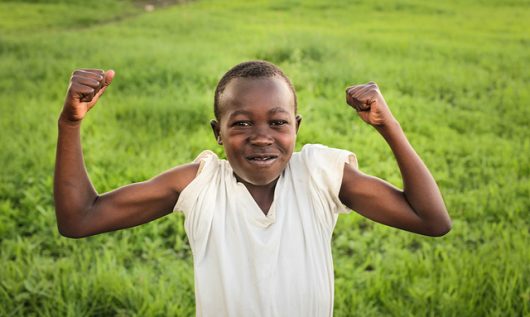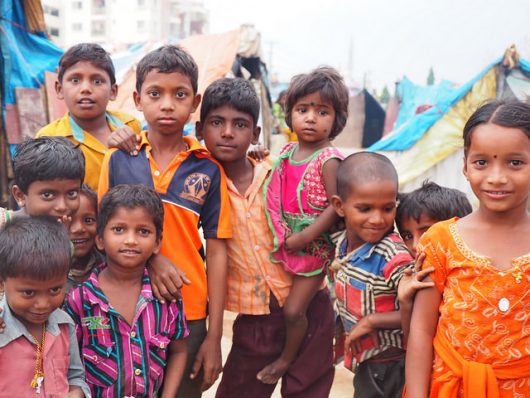
In a world where food is more than abundant, 795 million people continue to suffer from starvation. The World Food Programme has pledged alongside the United Nations to end world hunger by 2030. Many of the WFP’s strategies are bringing the U.N. closer to achieving this goal. In 2015, the World Food Programme reached 17.4 million children in 62 countries with school meals. Below are some examples of the success of school meals.
- Social Protection
According to evidence from the World Food Programme, school meals are the most common social safety net in the world. One major success of school meals is that they support children’s education while protecting their food security. Flexible in their design, each meal plan can be targeted towards a specific child’s needs. This helps many of the children receiving school meals that suffer from illness or disabilities. - Access to Education
School meals endorse education. By adding nourishment to the classroom, walls built to keep children from accessing a learning environment are broken down. One school meal a day allows children to focus on their studies, increases registration and creates rises within children’s attendance. A reported 45 studies of school meals programs around the world revealed that children receiving one school meal each day for a year attend school four to seven days more than children who do not receive any school meals. - Nourishment
The World Food Programme prides itself on nutrition-sensitive planning. Fresh foods are incorporated to provide as much nutritional value as possible. For most of the children attending school in poor countries, one school meal is all the child will consume for that entire day. Because of this reason, it is essential that meals are tailored to fit the needs of each individual child. In a meta-analysis cited by WFP, 45 studies revealed that when children receive a standard meal 200 days per year, they gain about 0.37 kilograms more per year than those who are not part of any meal plan. - Locally Grown Food
Homegrown school meals are now underway in more than 37 countries. Local farmers partner with schools to provide meals, which boosts the local economy. Once farmers have a trusted outlet for their product, stable income, higher investments and productivity occur. Connecting farmers to schools and providing children with healthy meals varies according to location. For best results, each homegrown program is designed to meet the diverse needs of the people residing in that target area.
Despite the growth in the world population, 216 million people are not as hungry as they once were. The success of school meals has provided 368 million children with a meal at school every day. If trends last and the World Food Programme continues to feed millions of children, the pledge towards no hunger by 2030 seems more than attainable.
– Emilee Wessel
Photo: Flickr
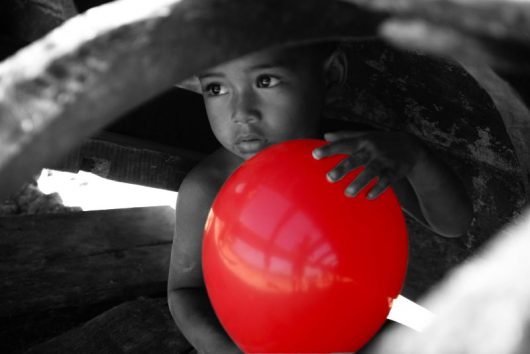
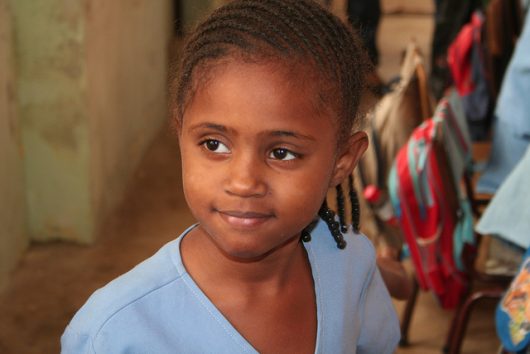
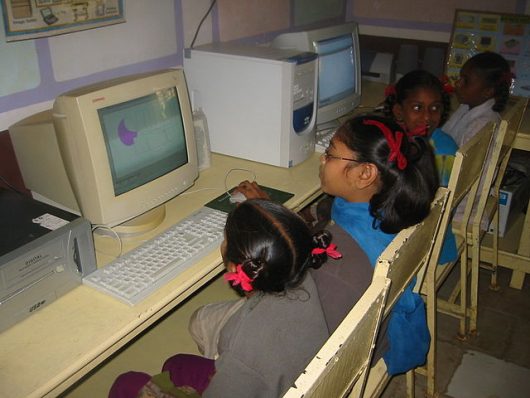
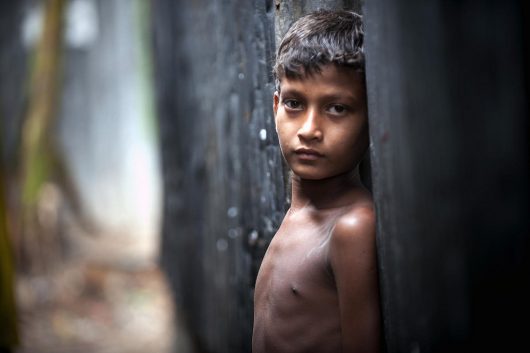
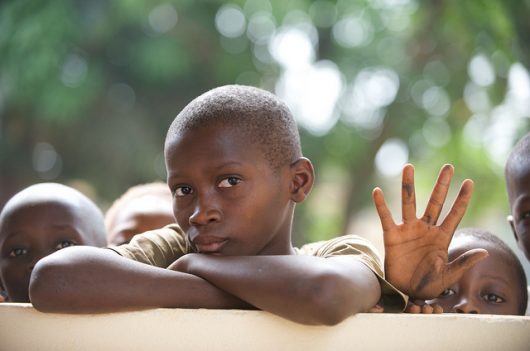
 Jose Alberto Gutierrez, a garbage man in Bogotá, Colombia, turns trashed books into treasure for the children in his community. For the past 20 years, Gutierrez has
Jose Alberto Gutierrez, a garbage man in Bogotá, Colombia, turns trashed books into treasure for the children in his community. For the past 20 years, Gutierrez has 
